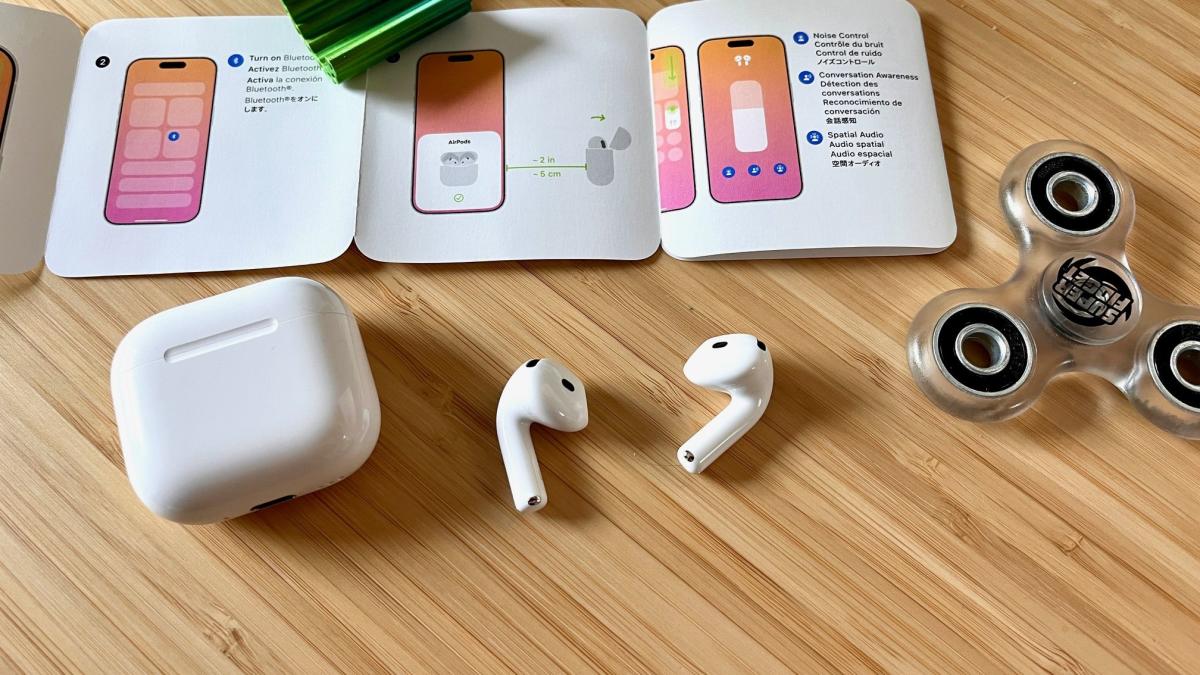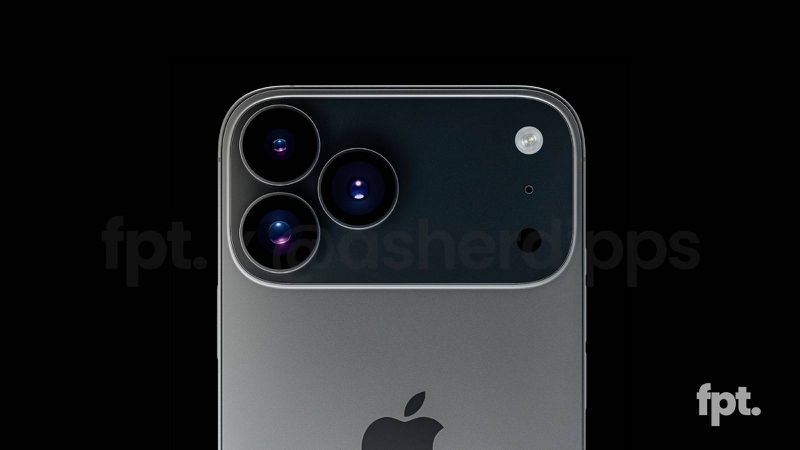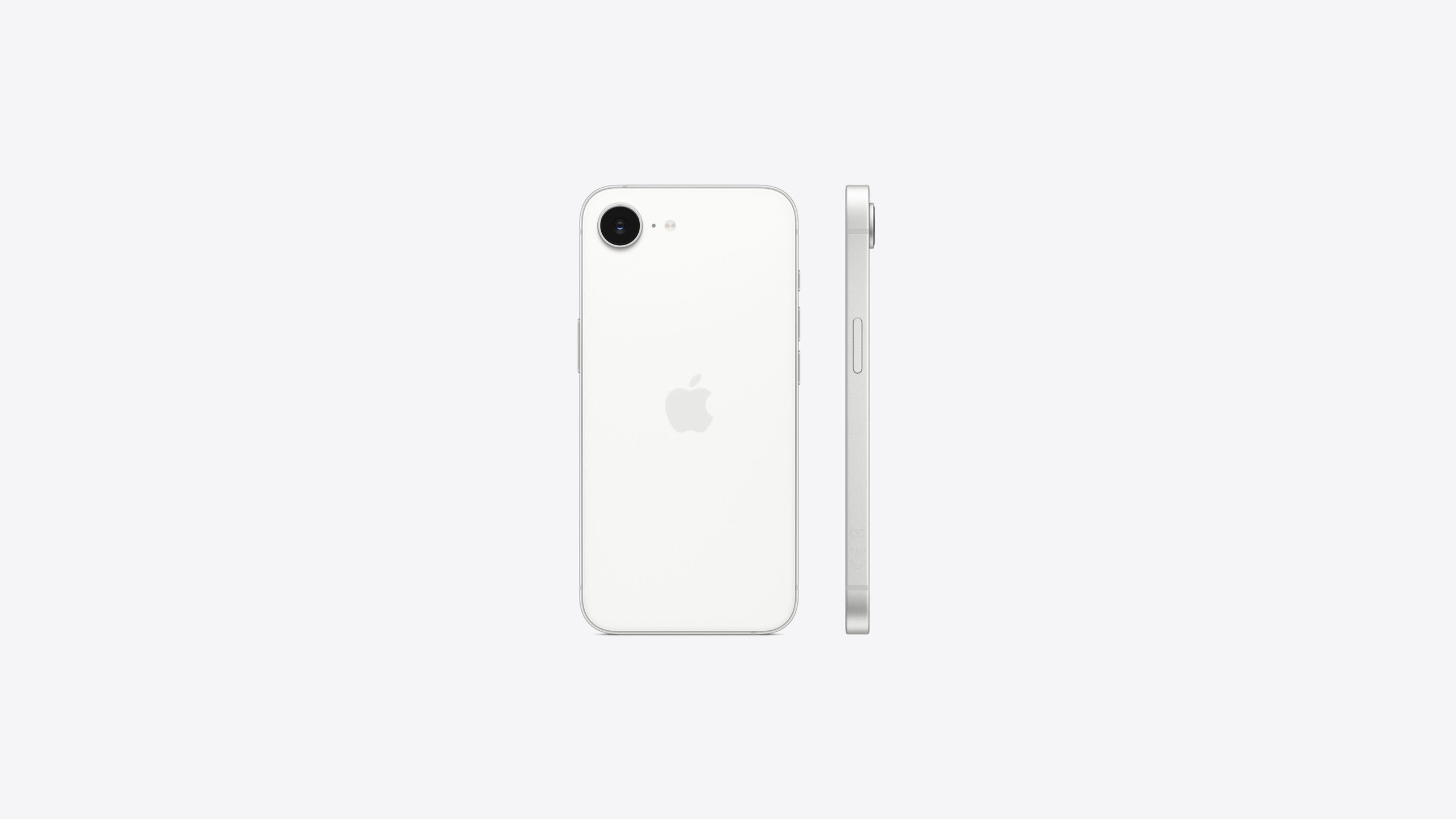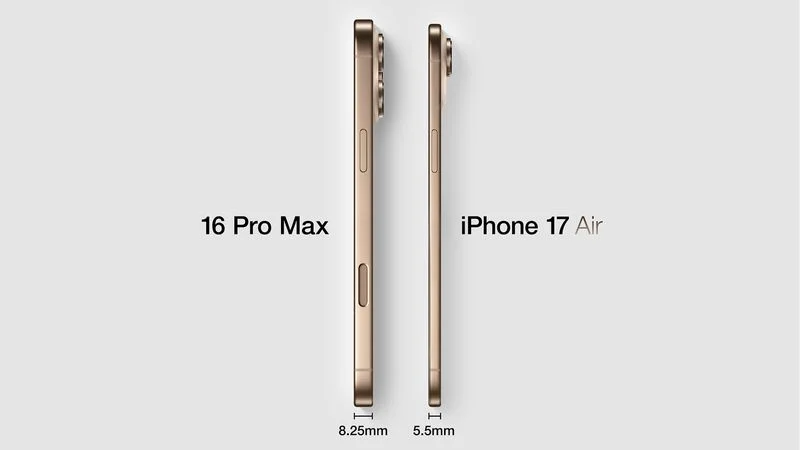Police are warning iPhone owners about a sneaky text message that tries to trick people into sharing personal details. The Sheriff’s Office in Hampden County, Massachusetts, shared on Tuesday that many folks have gotten a strange text. It says an “investigation is almost done” about them and warns that if they don’t reply right away, they’ll face “more legal trouble.” The message even includes a fake case number, a phone number to call, and a link to hear a voice message.
Sheriff Nick Cocchi explained that clicking the link could put harmful software on your phone, letting crooks steal your private info. “These tricksters want to frighten people into acting without thinking,” he said in a statement. The sheriff’s team also pointed out that even if the phone number looks real, it’s probably fake. Scammers use online tricks to make it seem legit. “Real police will never text, call, or email you asking for money or to fix a legal problem,” Cocchi added. His advice? Don’t reply—just delete the message and tell the police about it.
This scam text pushes people to act fast out of fear, often asking for cash to avoid fake legal issues. It’s not the only scam hitting iPhone users lately. Earlier this month, some got texts telling them to approve a payment or call a shady support number—or else money would be taken from their account. Experts say if you get a text like this, don’t touch the link or talk to the sender. Stay safe by ignoring it completely. Scammers are counting on you to panic, so take a deep breath and report it instead.





